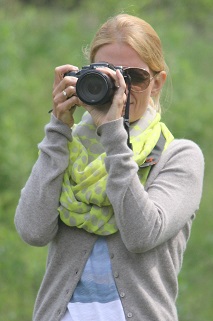 Study the taking photos for a specific publication, submitting work for publication, and meeting the requirements of an editor and publisher.
Study the taking photos for a specific publication, submitting work for publication, and meeting the requirements of an editor and publisher.
With so many would-be photographers around, publishers can afford to be very choosy. Most will only accept work from photographers who have already been published, but getting that first work published can be a daunting and difficult task. Many very good photographers just never get published at all.